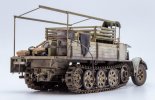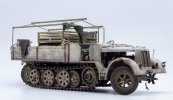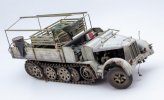Panzerwrecker
SMF Supporter
- Joined
- Mar 2, 2022
- Messages
- 362
- Points
- 93
- First Name
- Los
After completing the equivalent Trumpeter kit in the GB at the beginning of the year https://www.scale-models.co.uk/threads/trumpeter-sd-kfz-7-holzpritsche-daves-halftrack-gb.41003/ and being delighted to get the build published, I figured the Dragon kit I compared it to should get a look in too.
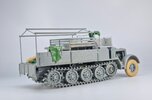
As this was already built there were a few issues I was willing to forgive but I did scratch build a new dash as the kit only provides the older unit. The half rubber Dragon front wheel will be replaced by a better represented resin Quick wheel one. Inspiration for my build came from a 1945 image of an abandoned vehicle in Czechoslovakia that had been pulling a Flak gun. There were details like the battered radiator grill that were too late to remedy but I did manage to add damage to one fender. I located the location via Google maps and will be displaying it on a small base.
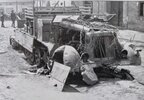
The kit builds up far easier than the Trumpeter kit and although it has its own accuracy issues, in the main it is a far more detailed package. Unlike the Trumpeter build I had already connected the cab to the chassis so the only sub-assemblies to add would be the cargo bed and the running gear. These were all primed in Mr Hobby black primer.
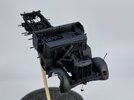
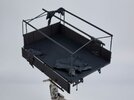
My initial intention was to keep to a plain paint scheme like the Trumpeter kit but for some inexplicable reason I decided last minute to add a whitewash. Unsurprisingly the process didn’t go entirely to plan, and I ended up covering up a lot of previous paint work! My choice of AK worn effects rather than their Heavy chipping fluid didn’t help but rather than stripping it back I persevered and with a little more work with oils to come, I think we’ll get there.
Progress pics of painting
The metalwork areas were airbrushed in MRP red oxide and the wooden panels in a Tamiya acrylic Buff/Grey mix
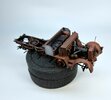
The base coat was also with MRP paints
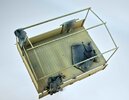
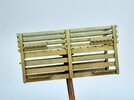
With hairspray underneath this was chipped back in selected places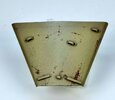
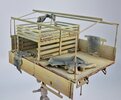
Engine bay detail colours blocked in
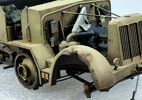
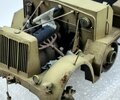
The wheels received the same chipping treatment and the tyres brush painted with Vallejo Dark Rubber
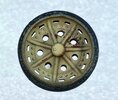
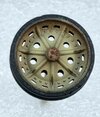
The tracks were airbrushed in a Tamiya acrylic mix of Dark Iron and Flat Earth. The rubber pads were brush painted in Vallejo Dark Rubber
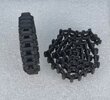
Licence plate and weight stencil decals added from the box. Strangely no instrument decals are included with Dragons 8T range of kits so a generic set was sourced from Alliance Modelworks
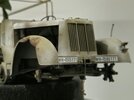
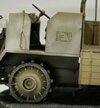
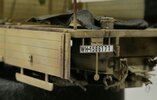
As already mentioned, the whitewash application was a struggle so oils will be used to tone down the effects I managed to salvage. All the chipping work previously carried out on the bonnet/hood was virtually wiped out
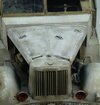
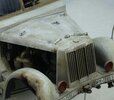
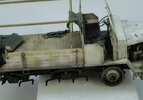

As this was already built there were a few issues I was willing to forgive but I did scratch build a new dash as the kit only provides the older unit. The half rubber Dragon front wheel will be replaced by a better represented resin Quick wheel one. Inspiration for my build came from a 1945 image of an abandoned vehicle in Czechoslovakia that had been pulling a Flak gun. There were details like the battered radiator grill that were too late to remedy but I did manage to add damage to one fender. I located the location via Google maps and will be displaying it on a small base.

The kit builds up far easier than the Trumpeter kit and although it has its own accuracy issues, in the main it is a far more detailed package. Unlike the Trumpeter build I had already connected the cab to the chassis so the only sub-assemblies to add would be the cargo bed and the running gear. These were all primed in Mr Hobby black primer.


My initial intention was to keep to a plain paint scheme like the Trumpeter kit but for some inexplicable reason I decided last minute to add a whitewash. Unsurprisingly the process didn’t go entirely to plan, and I ended up covering up a lot of previous paint work! My choice of AK worn effects rather than their Heavy chipping fluid didn’t help but rather than stripping it back I persevered and with a little more work with oils to come, I think we’ll get there.
Progress pics of painting
The metalwork areas were airbrushed in MRP red oxide and the wooden panels in a Tamiya acrylic Buff/Grey mix

The base coat was also with MRP paints


With hairspray underneath this was chipped back in selected places


Engine bay detail colours blocked in


The wheels received the same chipping treatment and the tyres brush painted with Vallejo Dark Rubber


The tracks were airbrushed in a Tamiya acrylic mix of Dark Iron and Flat Earth. The rubber pads were brush painted in Vallejo Dark Rubber

Licence plate and weight stencil decals added from the box. Strangely no instrument decals are included with Dragons 8T range of kits so a generic set was sourced from Alliance Modelworks



As already mentioned, the whitewash application was a struggle so oils will be used to tone down the effects I managed to salvage. All the chipping work previously carried out on the bonnet/hood was virtually wiped out





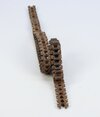
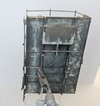
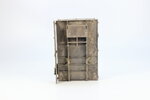
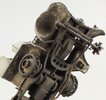
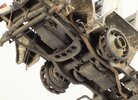
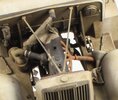
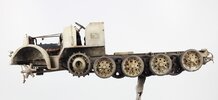
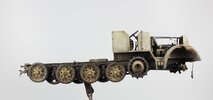
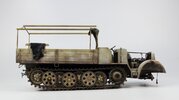
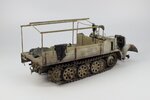
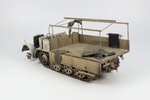
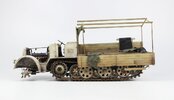
 Excellent work, if you ask me.
Excellent work, if you ask me.

